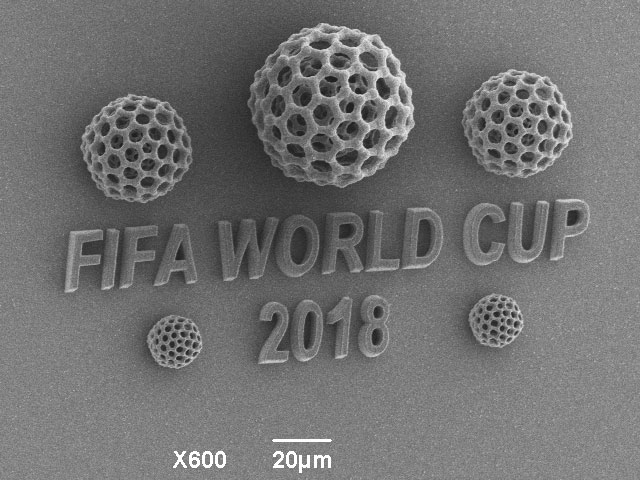
July 11, 2018, by Lindsay Brooke
World Cup wonders: nano-scale footballs made by masters of the minuscule
They created the world’s smallest periodic table; they sent the Queen a 90th birthday message etched on a corgi hair; so, how are experts at the University of Nottingham’s Nanoscale and Microscale Research Centre (nmRC) marking the World Cup?
They have joined forces with 3D printing experts in the Centre for Additive Manufacturing (CfAM) – these chemists, engineers and specialist technicians have created a set of nanoscale football shaped structures in the style of a Russian Doll – one inside the other.
Andrei Khlobystov, Professor of Nanomaterials in the School of Chemistry, came up with the idea. He said: “What better way for a Russian chemist to mark the World Cup than to create some very, very tiny footballs in the style of a Russian Doll and based on the shape of Buckyballs, nanaometer-sized molecules which naturally replicate the shape of a football.” 
Buckyballs – or to give them their full name, Buckminsterfullerenes – are a class of hollow molecules of carbon arranged in pentagons and hexagons – replicating the shape of a football.
The first challenge was to create the intricate model.
The model was constructed on the same principle as the football, Buckminsterfullerene and geodesic domes (similar to the domes at the Eden Project) – 12 pentagons interconnected with a number of hexagons to create a strong hollow structure.
Having made his model of a football within a football within a football – using rubber dog toys – Professor Khlobystov turned to Dr Qin Hu, an engineer specialising in the art of the micro and nanoscale additive manufacturing based in Nottingham’s Centre for Additive Manufacturing (CfAM).
With the help of specialist technicians, Joseph White, Mark East and Mark Hardy, and using two-photon lithography based 3D printing technique they were able to replicate Professor Khlobystov’s ‘footballs’.
Dr Hu said: “The diameter of a human hair is around 100 micrometres. The buckyballs I fabricated are in the diameter of 20, 40, 60 and 80 micrometres, so they are all smaller than human hair. The smallest feature size is around 0.1 micrometre.”
The nano-scale 3D model was then taken to the nmRC where it was imaged by Dr Elisabeth Steer, a research technician, using a scanning electron microscope.
No comments yet, fill out a comment to be the first

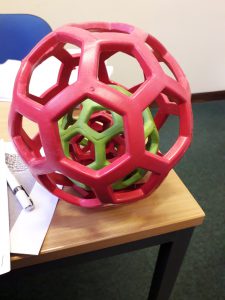
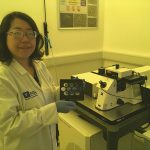
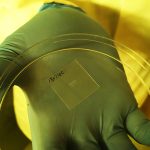
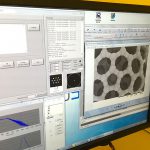
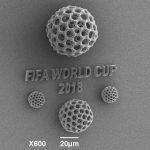
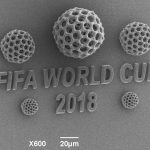
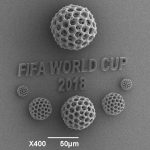
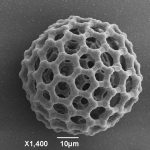
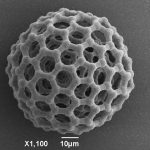
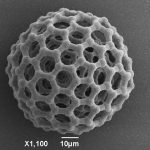
Leave a Reply